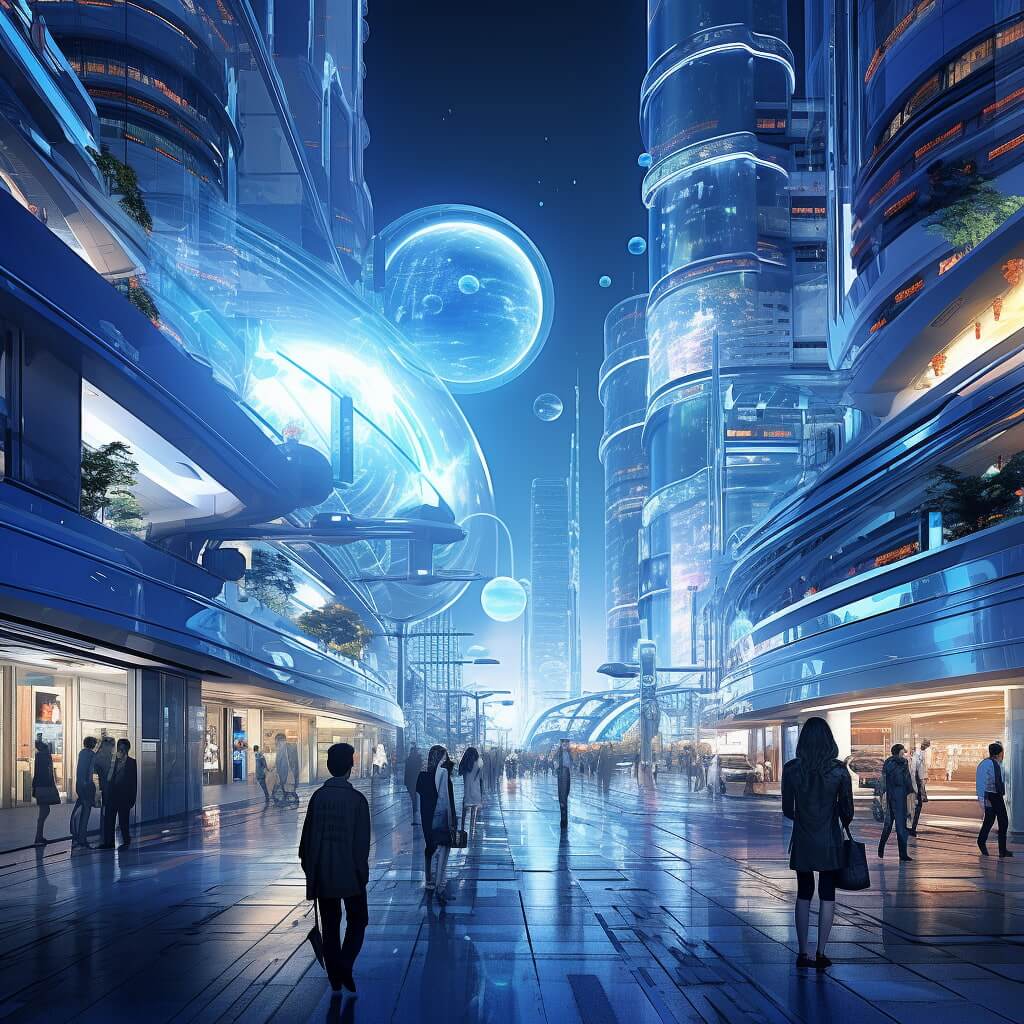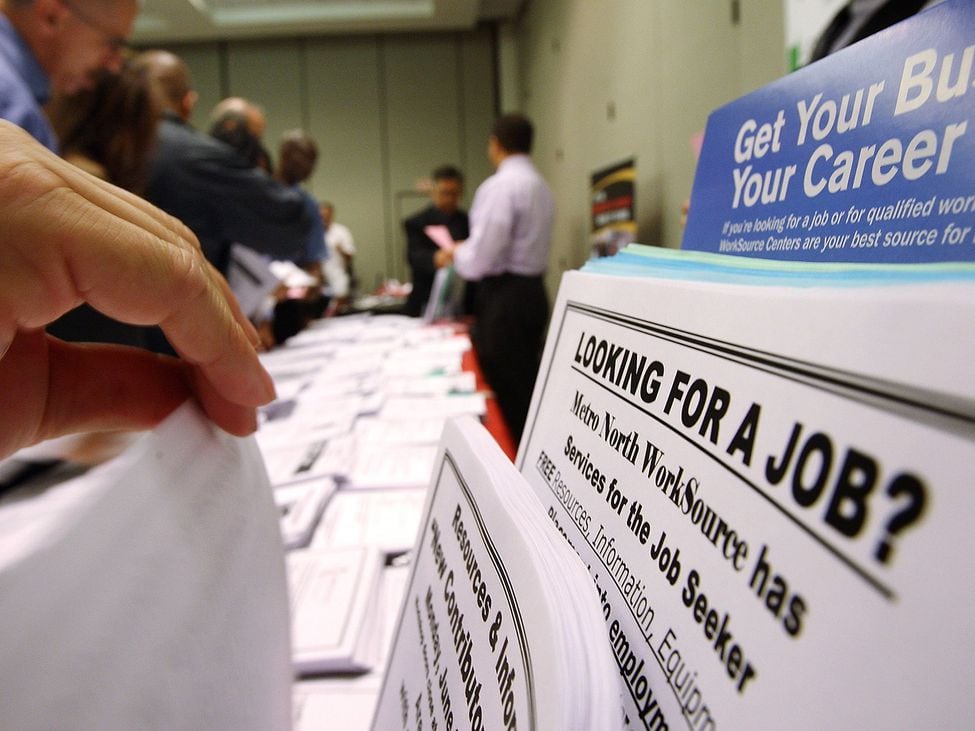The rapid advancement of artificial intelligence (AI), particularly generative AI applications like ChatGPT, is capturing the world’s imagination and raising profound questions about its impact on future employment trends. While AI promises to contribute trillions to global GDP and boost productivity, concerns about job displacement and the evolving nature of work are becoming increasingly palpable. This story explores the far-reaching effects of AI on employment, highlighting both the risks and opportunities it presents.
AI’s economic impact and employment trends
The economic implications of AI are substantial, as indicated by a report from Goldman Sachs, forecasting a potential addition of nearly $7 trillion to global GDP. This technology also holds the promise of increasing productivity growth by 1.5 percentage points over a decade, fundamentally reshaping the global economy.
According to Goldman Sachs economists Joseph Briggs and Devesh Kodnani, generative AI’s ability to produce content indistinguishable from human creation and bridge communication gaps between humans and machines represents a significant advancement with profound macroeconomic effects.
This transformation, comes with significant consequences for employment trends. The same report suggests that approximately 300 million full-time jobs could be exposed to automation due to shifts in workflows triggered by AI. Notably, not all jobs threatened by automation will result in layoffs, as most roles and industries will see AI as a complement rather than a substitute. In the United States, for instance, two-thirds of occupations face varying degrees of AI automation exposure, with between one-quarter and one-half of their workloads potentially being replaced.
The impact of AI on employment is not a future concern alone but is already affecting job markets. IBM’s decision to pause hiring for non-customer-facing roles that could be replaced by AI, potentially affecting 7,800 jobs, serves as a prominent example. This reflects a growing trend of organizations contemplating the role of AI in their workforce strategies.
AI’s role in job exposure and the nature of work
Pew Research Center’s 2022 analysis found that 19 percent of American workers held jobs highly exposed to AI, with AI potentially replacing or assisting key tasks. In contrast, 23 percent worked in roles with low AI exposure, less vulnerable to automation. Notably, high AI-exposure jobs were often in well-paying fields requiring advanced education and analytical skills, raising concerns about AI’s impact on white-collar professions.
The rise of AI applications like ChatGPT and Stable Diffusion raises questions about human-machine collaboration, with experts emphasizing AI as a tool for enhancing productivity, not replacing human workers. As AI advances, it may reshape the job market, displacing some jobs but also creating new opportunities alongside technology, as favored by experts like Steven Miller of Singapore Management University.
AI’s impact on the entertainment industry
The ongoing strike by Hollywood screenwriters and actors from SAG-AFTRA and WGA vividly illustrates the challenges posed by AI, particularly in creative professions. Fears of AI tools eroding creative control have prompted calls for stringent regulations to safeguard workers. SAG-AFTRA’s President, Fran Drescher, has characterized AI as an existential threat to creative fields, emphasizing the need for protective contract language.
Meanwhile, the WGA seeks restrictions on AI’s involvement in literary work. This labor dispute reflects the broader anxieties of workers across industries regarding job security and AI’s potential to replace them. A survey reveals widespread support for government regulation to mitigate AI’s impact on jobs and significant concerns about its role in displacing existing occupations.
AI’s impact on future employment trends is a multifaceted issue with both risks and opportunities. While the automation potential of AI is substantial, its role as a complement to human skills should not be underestimated. As AI continues to evolve and infiltrate various industries, stakeholders must strike a balance between harnessing its capabilities and ensuring job security and creative control for workers. The future of work is undeniably intertwined with the progression of AI, and navigating this landscape requires careful consideration of the changing dynamics in the job market.





